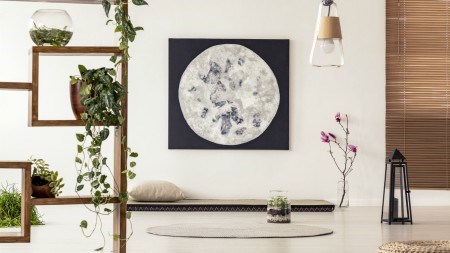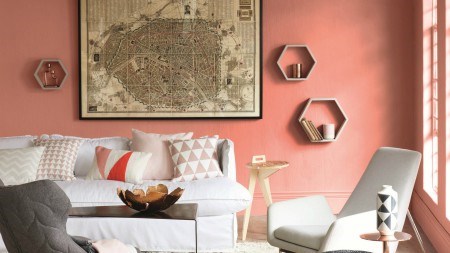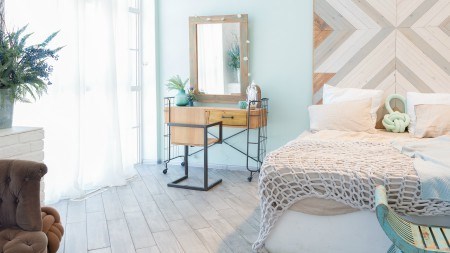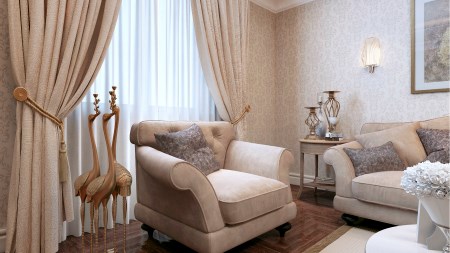The constant stream of beautiful homes and renovations in the media and our social feeds, can inspire us or leave us feeling unsatisfied and unhappy. It's hard to be content when we are always longing for the unattainable.
While there is no shame in striving to better our lives, when we take a step back and see the beauty of what we have, we can feel a lot more positive and happy. This is the essence of the Japanese philosophy of Wabi-sabi.
The Meaning of Wabi-Sabi?
Wabi-sabi is finding the beauty and appreciating what you have now, when all around there is pressure to feel the opposite. Originally the two words were used separately, each with its own meaning. The term 'Wabi' is to express an appreciation of the simplistic, rustic and humble. 'Sabi' means "The bloom of time" appreciating the beauty and impermanence that can be found in time and ageing, such as the patina of weathered wood or aged copper.
Together these words and meanings combine to create a concept which writer Leonard Koen describes in this Book Wabi-sabi: for Artists, Designers, Poets & Philosophers as:
"Wabi-sabi is the beauty of things imperfect, impermanent, and incomplete, the antithesis of our classical Western notion of beauty as something perfect, enduring and monumental." Wabi-Sabi in Interiors
The philosophy of wabi-sabi has inspired many interior designers and architects in recent years.
The well-known Japanese architect Tadao Ando described wabi-sabi in his book, The Wabi-sabi House: The Japanese Art of Imperfect Beauty as: "The Japanese view of life embraced a simple aesthetic that grew as inessentials were eliminated and trimmed away."
This doesn't mean living in cold, sterile minimalism. It doesn't matter if you are looking to create an industrial look or country cottage. It's about saying no to purchasing what you don't need and ignoring the influx of messages telling us we should want more.
Rather than buying cheaply made items that don't last and get thrown away, consider investing in items that will last over time and can be passed down to future generations. Giving meaning and appreciation to items that have a history and stand the test of time, each scratch or mark adding to the character and story of the item.
You can also add wabi-sabi to your home by buying second-hand items and appreciating the life they lived before you. This is not only a way to appreciate things more but also a great way to save money.
We live in a world of so much excess that our planet is literally drowning in it, so it is uplifting to see trends like wabi-sabi take hold. A home is a place that is lived in, so why not show the signs of life? Not only is it good for us but the planet too.




